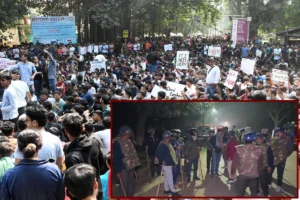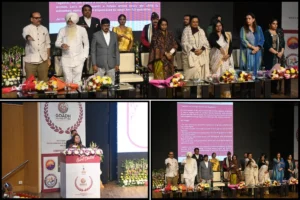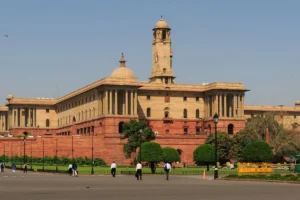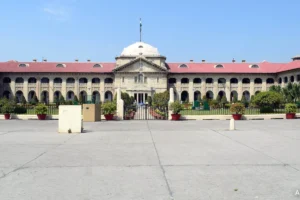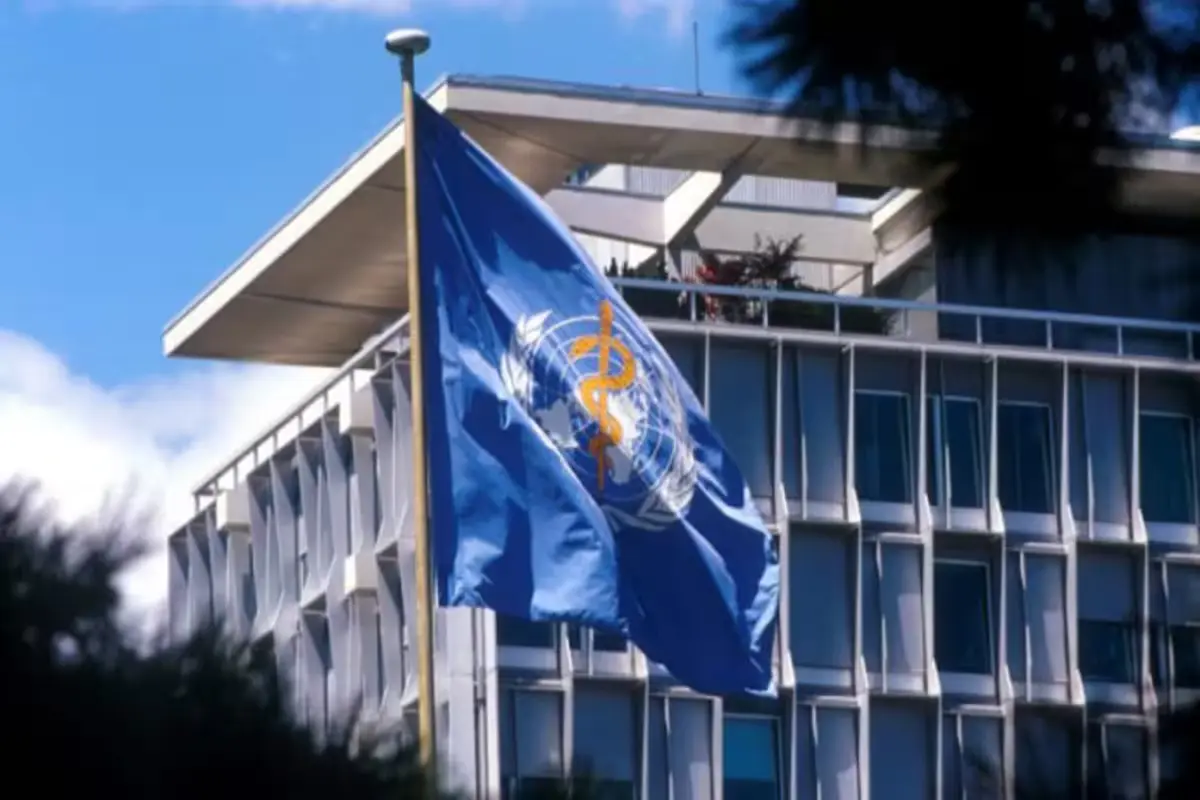
The World Health Organization headquarters in Geneva, Switzerland
In 2022, India recorded over 3.5 lakh cases of viral hepatitis, constituting 11.6 percent of the global disease burden for that year, as per the World Health Organization’s 2024 Global Hepatitis Report released on Tuesday.
Viral hepatitis, characterized by liver inflammation, ranks as the second-leading infectious cause of death worldwide, alongside tuberculosis, claiming 1.3 million lives annually. While hepatitis can stem from any of the five known hepatitis viruses (A, B, C, D, and E), infections caused by hepatitis B and C contribute to 96 percent of hepatitis-related mortality.
India, second only to China in hepatitis burden, reported 2.98 crore hepatitis B cases and 55 lakh hepatitis C infections in 2022. Global data from 187 countries revealed an increase in viral hepatitis-related deaths from 1.1 million in 2019 to 1.3 million in 2022, with 83 percent attributed to hepatitis B and 17 percent to hepatitis C.
According to the WHO report, 3,500 individuals worldwide succumb to hepatitis B and C infections each day. WHO Director-General Dr. Tedros Adhanom Ghebreyesus expressed concern over the rising fatalities despite global progress in preventing hepatitis infections, citing inadequate diagnosis and treatment for those affected.
Also Read: Sanjay Leela Bhansali’s Highly Anticipated ‘Heeramandi’ Trailer Unveiled by Netflix
Updated WHO estimates for 2022 indicate that 254 million people lived with hepatitis B and 50 million with hepatitis C. Half of the burden of chronic hepatitis B and C infections affects individuals aged 30 to 54, with 12 percent occurring in children under 18. Men constitute 58 percent of all cases.
The report emphasizes that Bangladesh, China, Ethiopia, India, Indonesia, Nigeria, Pakistan, the Philippines, the Russian Federation, and Vietnam collectively bear nearly two-thirds of the global burden of hepatitis B and C.
India’s hepatitis challenge
According to the WHO report, hepatitis B claimed the lives of 98,305 individuals in 2022, while hepatitis C resulted in the deaths of 26,206 people. Alarmingly, only 2.4 percent of those infected in the country had received diagnosis coverage, as outlined in the report.
Hepatitis B and C are primarily transmitted through unsafe injection practices, contaminated syringes and needles, infected blood and blood products, sexual transmission, and from infected mothers to their children, according to the National Action Plan on hepatitis by the Union Ministry of Health and Family Welfare.
Also Read: Warren Buffett Exits Dining Scene as Homeless Charity Auctions Meal with Software CEO
Chronic hepatitis B infection, which is preventable through vaccination, contributes to 40 to 50 percent of hepatocellular carcinoma cases and 20 to 30 percent of cirrhosis cases in India, as stated in the report.
In India, the hepatitis B vaccine was introduced as part of the Centre’s Universal Immunization Programme, piloted in 2002-03, and subsequently expanded nationwide in 2010 to safeguard children from acute infection. Currently, the vaccine is administered as part of the pentavalent vaccine at 6, 10 & 14 weeks, in addition to the birth dose of the hepatitis B vaccine.
However, a 2020 study from India revealed that while the coverage of the third-dose hepatitis B vaccine has reached 86 percent in the country, the coverage for the birth dose was only 45 percent in 2015, despite the high rates of institutional deliveries.
To read more such news, download Bharat Express news apps











